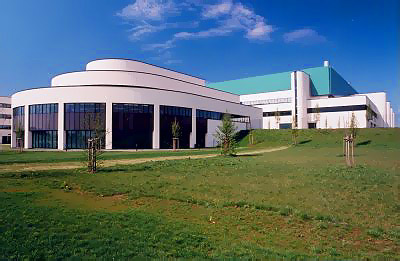Merrill Lynch is na een virtuele bijeenkomst met het management van AMD tot de constatering gekomen dat de situatie bij AMD er op dit moment rooskleurig voor staat. Voor zowel de high-end Athlon als low-end Duron processors is de vraag erg sterk. De strakke uitvoering van de overgang van de oude Slot A Athlon Classic naar de nieuwe Socket A processors is probleemloos verlopen en getuigt volgens Myrill Lynch van een goed lopende organisatie. Dresden is momenteel op 20% van zijn maximale capaciteit en behaald nu al yields die vergelijkbaar zijn met Fab25 in Austin. Tegen het eind van dit jaar zal Dresden op 50% van zijn capaciteit produceren en eind 2001 op volle capaciteit. In de flash geheugen markt blijft AMD stevig marktleider met een marktaandeel van 30%. De produktie is volledig uitverkocht en gaat vooral naar de grootste contracthouders, waaronder Cisco:
AMD’s success with transitioning its customers to the new Athlons is attributable to well-executed and timely capacity expansion. MPU production has rolled over completely from the older version of K7 to the newer version of Athlon with on-chip L2 cache [TBird]. At its Dresden Fab 30, AMD is currently at 20% of capacity or 1,000 wafers a week; this figure should increase to 50% by the end of the year and 100% or 5,000 wafers a week by the end of 2001. Interestingly, AMD has indicated to us that it is seeing yields at Dresden comparable to conventional CMOS yields at Austin’s Fab 25.We also see further room for AMD to gain MPU market share with its Athlon offerings in the mobile PC and server/workstation markets. By the end of the year, we can expect to see K7 core products code-named Palamino and Morgan in the high-end and value mobile space, respectively, and a Mustang product for the server/workstation market. AMD is also aggressively staying in the speed race against Intel, with plans to ramp speeds to 1.5 GHz by the start of next year.
 |
Meer details vind je in deze posting op het Silicon Investor message board.

